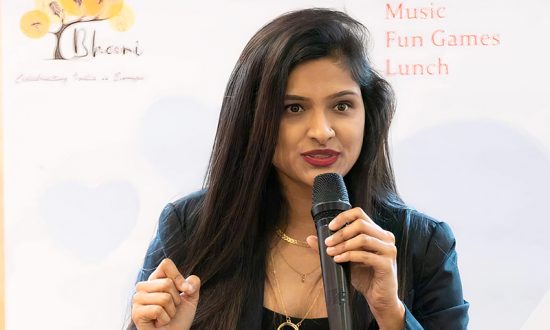Bhakti is a Mechanical engineer turned educator and a published international author. She has over seven years of international teaching experience as an IB and IGCSE Design educator and as a design consultant across Asia and Europe. She closely works with the International Baccalaureate Organisation within various capacities such as Building Quality Curriculum Reviewer, Design Examiner, and Curriculum developer. She holds a Bachelor’s degree in Mechanical engineering (B.E) and a bachelor’s in Education (B.Ed.). She has also completed her Post Graduate Certificate in Education (PGCE) from the University of Cumbria, UK. In 2019, she published her book for the IB Diploma program Design technology students with Extend Education, UK. She has also been awarded as the “100 inspirational women of the year 2021” by the I Can Foundation, India for her outstanding contributions to society.
Have you ever felt uncomfortable, nervous, and confused about adjusting to a new country that you have moved to? Well, it can sometimes be difficult but doesn’t always have to be true, as you can learn a lot by planning a simple stimulating activity with your students. This time, after moving to a new country, I went straight to my high school students to find out if they could help me. I asked them as I recognized this as a perfect opportunity to ask them to share their knowledge and understanding of a context with which I was not yet familiar. I didn’t just want suggestions for exploring local destinations but a comprehensive area guidebook that would enable me to make travel plans and test the functionality of their creations in a real-world context.
The outcome was amazing! Ranging from creating week-long travel itineraries to investigating areas of historical significance, from planned visits to landmarks to how to navigate food culture, from learning the basics of the local language and idiosyncrasies of regional dialects, the students’ outcomes enabled me to explore the new country better than some travel apps. They dove into the biodiversity of the area’s intertidal zones and harbors (science), compared early maps to those made using GIS technology (geography), studied the impact of industries on the bay (design technology), and took photos to accompany their content (art). This project is a simple example of real-world Interdisciplinary learning (IDL) in action. The students synthesized perspectives from multiple subjects to derive solutions. In doing so, they not only learned relevant academic content but also honed their research, critical thinking, and communication skills.
The school that I am currently teaching is the International Sharing School (ISS) in Portugal. It is a progressive school where reflective practice is encouraged, and transformational pedagogy seeks to equip students with the skills that will prepare them for life in the twenty-first century. Learning through sharing is at the heart of the schools’ innovative infrastructure and in the school’s mission, which is learning from sharing. One of the main tenets of the school is to share knowledge across disciplines and place the student at the center of the learning process, thereby creating student autonomy, encouraging social responsibility, and facilitating a smoother transition to higher education or the world of work. The school has a modern instructional framework that encourages deep thinking, creates opportunities for flexibility, and encourages students to make authentic connections to the global community. This article seeks to shed light on some of my interdisciplinary teaching practices and reflections at ISS.
What Is Interdisciplinary Teaching and Learning?
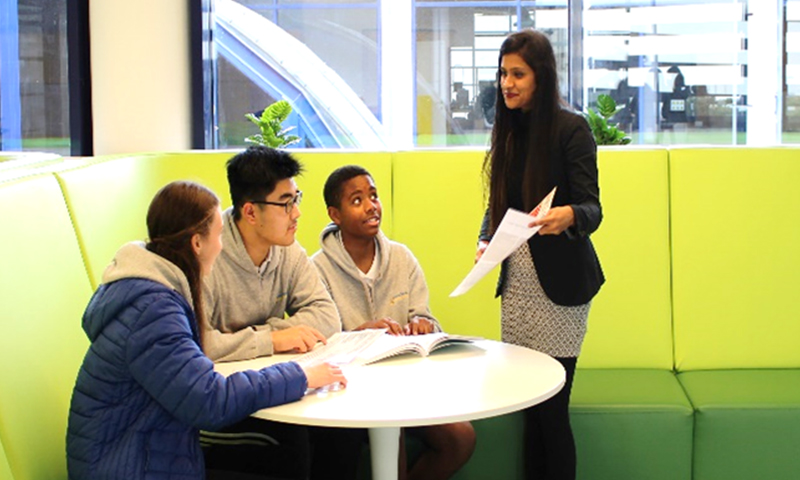
Interdisciplinary Teaching and Learning enables students to combine learning from multiple disciplines to come up with new ways to think about issues and solve problems. Teachers and university professors looking to create these opportunities for students might ask, what is an interdisciplinary approach? Compared to traditional approaches, an interdisciplinary approach amplifies what students learn by allowing them to tackle problems that don’t fit neatly into one subject area. It also changes how students learn by asking them to blend and reflect on multiple perspectives, instead of accepting a teacher’s perspective unquestioningly. The Science and Research Institute at Carleton College (SERC) identified four major cognitive skills that IDL teaches students, including the ability to recognize biases, think critically, embrace ambiguity and analyze ethical concerns. These cognitive skills are crucial for high schools and higher education institutions looking to transform learning and prepare students for success after graduation.
Why teach interdisciplinarity?
Like everyone, students bring pre-existing conceptions, predispositions, and prejudgments into the learning environment. This can influence what they learn, how they learn, and how they apply what they learn in real life. IDL challenges these biases. It facilitates student reflection on multiple perspectives and, in doing so, it supports them to think more critically about their own identities and issues of the outside world. This approach engages students as it encourages them to set aside preconceived notions and ideas. It also enables them to engage eagerly with the learning process and achieve a deeper understanding while encouraging them to be receptive to new concepts and ideas.
Furthermore, when students graduate, they should be able to analyze complex information to come up with their ideas and perspectives by thinking critically. IDL supports critical thinking by helping students understand that multiple perspectives may coexist and encouraging them to evaluate conflicting viewpoints.
Why do global challenges need an interdisciplinary approach?
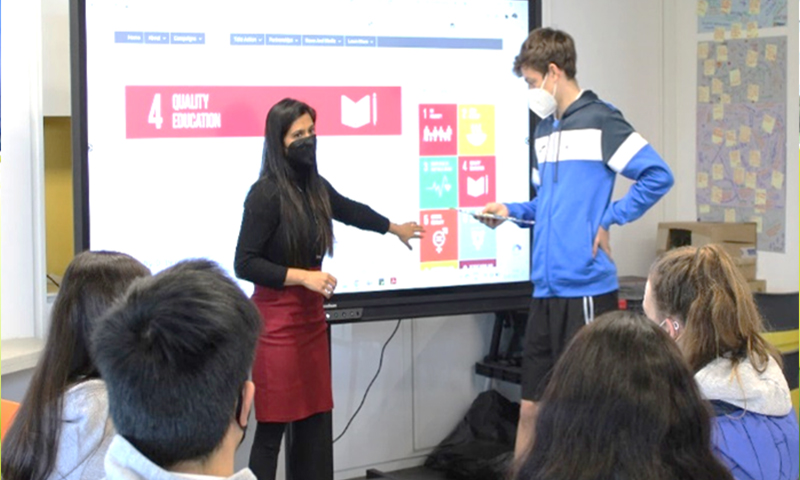
If the COVID-19 pandemic has taught us anything, it is that global challenges require global solutions that need humankind to work together, listen to one another, hybridize ideas, and take a multidisciplinary approach to problem-solving. Climate change, global warming, and ending poverty are just a few of the global challenges that humankind faces currently. It is therefore our responsibility as educators to prepare students for an unpredictable future for which they become agents of change. Helping to solve tomorrow’s problems isn’t really within the realms of possibility if we rely on a single academic discipline to do this alone. Diversifying instruction is part of the change needed. Using a variety of methods and reforming the way we teach and assess students may also play a crucial. Not only will a more flexible approach enable students to make connections between and across subjects, but it will also enable them to find workable solutions to a range of problems. Some universities and curriculum models such as the International Baccalaureate (IB) offer inter-disciplinary learning support to focus on integrating disciplinary perspectives to facilitate understanding of complex issues and ideas.
Studying one subject won’t help save the world
There are multiple reasons for encouraging teachers to reconsider IDL in practice in the twenty-first century. One of the reconsiderations of knowledge and curriculum is rethinking what is worth knowing. The ability of search engines to store information and data has already rendered memorization of discipline context obsolete; however, the critical thinking skills to enable students to identify what is reliable, and on what basis is something that must be imparted. Today, we can use the internet to source materials that are in themselves interdisciplinary. As educators, it is also crucial to help students navigate through these materials and evaluate their reliability.
The push to solve global challenges has forced universities and schools to redesign their curriculum models with how to address specific challenges in mind. Importance should be given to inquiring into global and local issues in a way that enables them to be not only aware but also actively engaged.
Encouraging students to make relevant connections with the SDGs in and across subjects, will give them opportunities to think deeply about some of the global challenges that we face. It will also enable them to take action in the classroom and in the future. However, courses communicating environmental change and societal adaptability are gradually appearing in university brochures around the world. For instance, the London Interdisciplinary School now offers a degree in Bachelor of Arts and Sciences in Interdisciplinary Problems & Methods, or the Aga Khan University offers an interdisciplinary degree for Master of Philosophy in Biological and Biomedical Sciences.
Appropriate for any age
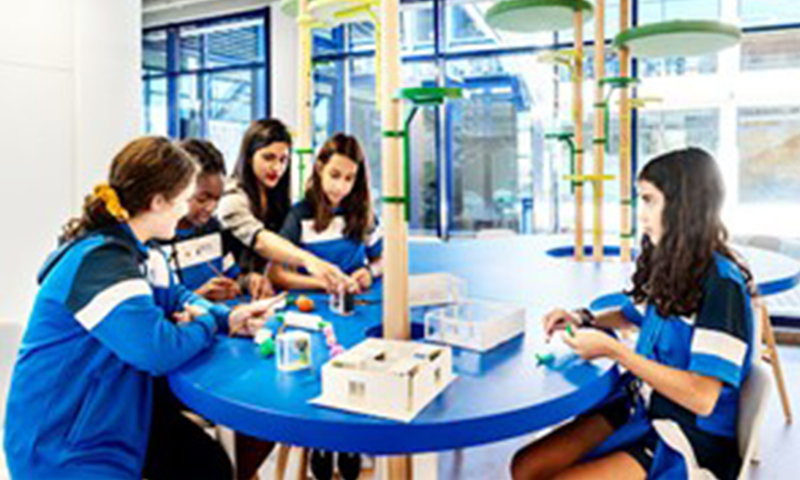
How IDL is blended into primary, secondary, and higher educational frameworks must be shaped by the intended objective of the IDL. This depends on the strong links established between what interdisciplinarity outcomes are sought and how this is communicated with those at whom they are aimed making an IDL approach appropriate for any age group.
Challenges and opportunities for embedding IDL
It’s also essential for educators to understand that there can be challenges to genuinely embedding IDL into teaching, but there are also specific steps that can help overcome these challenges. Some of the challenges may include the risk of using shallow interdisciplinary examples rather than devising knowledge in an interdisciplinary way and the risk of failing to tie the knowledge gaps of individual disciplines. However, some measures can reduce the probability of these challenges and increase the success of the implementation of IDL. Such measures can include including more engagement in IDL professional development courses, informing teaching practice by important learning theories such as the ‘Visible learning’ theory by John Hattie, or drawing on ‘Constructivist Learning Theory’ by Lev Vygotsky. Each theory has strengths and limitations, especially considering the realities of education in the 21st century. Educators must walk the narrow line between creating a student-centered classroom and meeting rigorous learning standards.
Constructivist approaches to learning
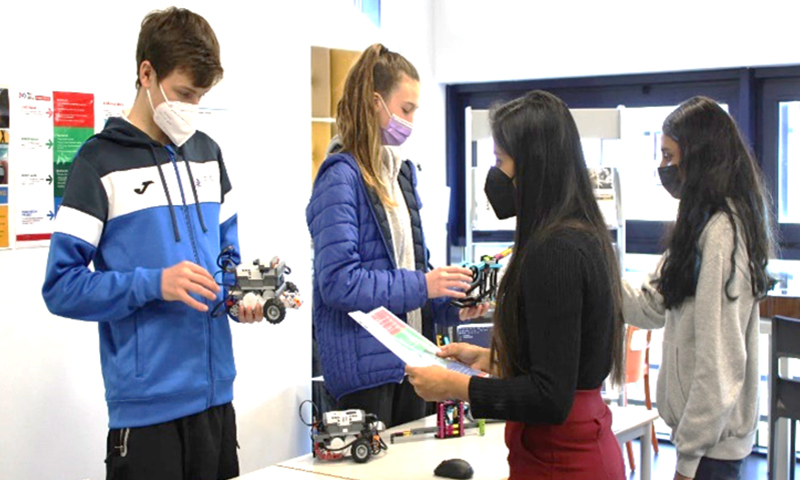
Constructivists see the learner as a constructor of knowledge. However, students themselves are seldom the initiators of knowledge and learning. Therefore, using a variety of teaching and learning strategies can lead to effective ID learning. Some of the teaching strategies may Include emphasizing conceptual understanding, problem- and project-based learning, inquiry-based learning, and student-led pedagogy, as well as other characteristics of the constructivist approach, which are linked with interdisciplinarity. Creating authentic learning opportunities is always the key. Students must understand how their learning can manifest itself in the real world, therefore, curriculum and pedagogy should always inspire learners to make a difference and contribute to the community.
Personal reflections on Interdisciplinary Teaching
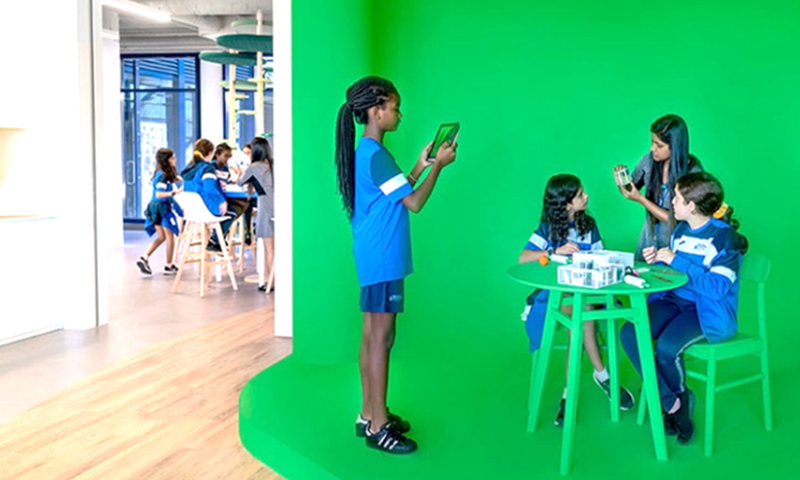
As I reflect on my own practice, I recognize the benefits of making interdisciplinary connections. Enabling students to make connections between their learning experiences encourages them to put skills into practice in one context that have been developed in another. In some of my IDL reflections, I could realize that students have started to develop an interest in subjects that they would otherwise be less motivated in. This is because they engaged in interdisciplinary topics, lessons or activities. Besides this, students could also be encouraged to pursue their own collaborative capstone projects, which have meaning to them beyond getting into college or university in the future. Additionally, reflecting on what went right and wrong with lessons is imperative if the quality of practice and learning is to improve. Other factors that contribute to the success of ID learning pivots on teachers’ collaborative planning time, reference teaching resources available, ongoing professional developments, and most prominently the enforcement of the curriculum leaders to evaluate the value of IDL. Finally, coupling these strategies with positive classroom management can lead to making IDL a reality.
Final Thoughts
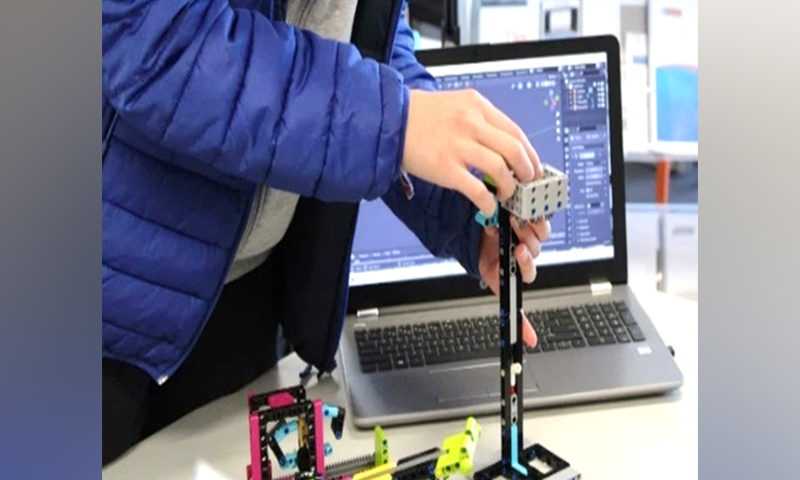
Teachers may naturally be inclined towards their own areas of knowledge or expertise. It is perhaps difficult to expect all teachers and students to be equally engaged in interdisciplinary work if they are not aware or convinced of the benefits it brings. Stakeholders and higher management are essential in communicating the interdisciplinary value to their learning community so that everyone involved is committed to achieving its success. In conclusion, ID learning creates opportunities and an environment for learners to inquire and contribute their voice to how to problem solve and ensure the future of humanity. It allows individuals to make explicit connections with the communities around them, which was evident in the creation of the area guidebook that helped me better orient myself within a new country.
(Author has consent to use supplied students’ pictures as part of the article)




